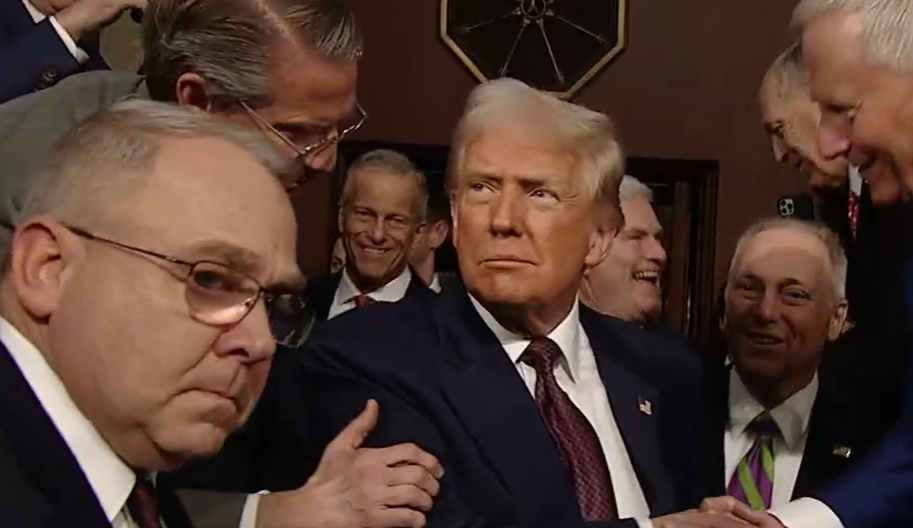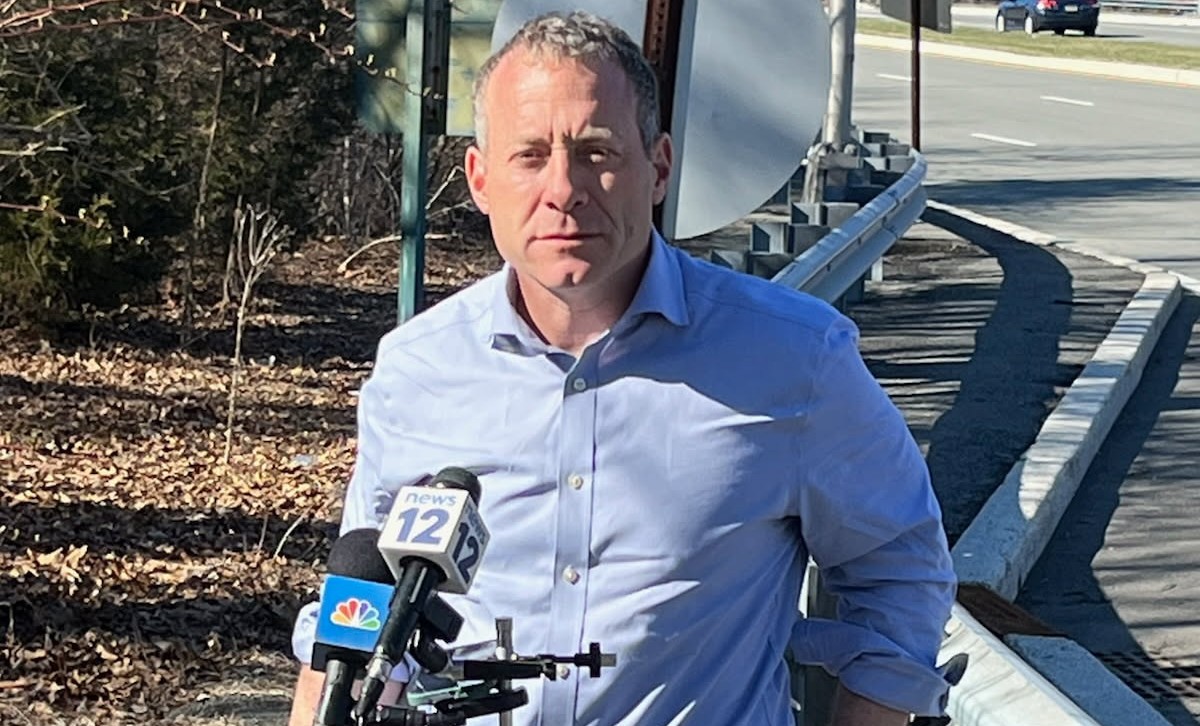
I live here. So, like you, I am exhausted by the familiar tribalists of all stripes who start with conclusions and then seek “facts” to justify them.
We combat that with the marketplace of ideas, which still functions. But there are some areas that require a fairly deep background to form a thoughtful opinion. Economics is one such area, and I am not an economist. Which means that when I want to understand their views, I have to read what economists write.
One of the best sources I know of to do this is The Economist Magazine – a conservative British publication founded in 1843 that for almost 200 years has vigorously supported capitalism and free markets, while opposing undue government intervention (including China’s product dumping into the US and other markets).
It is a big world out there with divergent views. Here is gist of The Economist’s recent take on the Trump Tariffs.
Almost everything Mr. Trump said this week [April 5 through April 11] – on history, economics, and the technicalities of trade- was utterly deluded. His reading of history is upside down. He has long glorified the high-tariff, low-income tax era of the late 19th century. In fact, the best scholarship shows that tariffs impeded the economy back then. He has now added the bizarre claim that lifting tariffs caused the Depression of the 1930s and that the Smoot-Hawley tariffs were too late to rescue the situation. The reality is that tariffs made the Depression much worse, just as they will harm all economies today. It was the painstaking rounds of trade talks in the subsequent 80 years that lowered tariffs and helped increase prosperity.
On economics Mr. Trump’s assertions are flat-out nonsense. The president says tariffs are needed to close America’s trade deficit, which he sees as a transfer of wealth to foreigners. Yet as any of the president’s economists could have told him, this overall deficit arises because Americans choose to save less than their country invests – and, crucially, this long-running reality has not stopped its economy from outpacing the rest of the G7 for over three decades. There is no reason why his extra tariffs should eliminate the deficit. Insisting on balanced trade with every trading partner individually is bonkers – like suggesting that Texas would be richer if it insisted on balanced trade with each of the other 49 states; or asking a company to ensure that each of its suppliers is also a customer.
And Mr. Trump’s grasp of the technicalities was pathetic. He suggested that new tariffs were based on an assessment of a country’s tariffs against America, plus currency manipulation and other supposed distortions, such as a value-added tax. But it looks as if officials set the tariffs using a formula that takes America’s bilateral trade deficit [with each county, viewed in isolation] and halves it – which is almost as random as taxing you on the number of vowels in your name.
This catalogue of foolishness will bring needless harm to America. Consumers will pay more and have less choice.
You can read this piece in full in The Economist’s April 5, 2025, edition. I offer it up for your consideration. Along with this.
Stock market prices are not theoretical constructs. They evidence actual asset prices at moments in time. When the S&P trades at 5,000, it means that people are actually buying and actually selling the index at that price. If I sell the S&P after it has gone done by 20%, I have lost 20% of that portion of my life savings.
Yes, we all understand that investors should invest – not panic. And that selling in a down market is to be avoided. But only if you can avoid doing so.
Some 10,000 Americans are reaching age 65 every day. Imagine a 63-year-old who has figured out that he can soon retire and maintain his lifestyle. Then his lifesavings drop by 20 in the course of just a few months. Meaning he can now afford his lifestyle minus 20 percent at age 65. Should he sell? Maybe. Because the risk of harm of continued market deterioration (another 10, 20 or 30 percent) is worse than a lifestyle minus 20 percent.
In other words, it may not be wise to sell in a down market, but for many Americans it is not irrational to do so since they do not have the time to recoup these losses. Irrational or not, a lot of people did sell in a down market – which we know from the market pricing that precisely reflects those sales in real time. Meaning tens, and likely hundreds, of thousands of real Americans have already been harmed by the Trump tariffs. With – if The Economist is correct- millions more to come.
As the Trump administration continues to implement tariffs on various imports, there has been much debate and speculation about the potential impact on the economy. While many economists within the administration have defended these tariffs as necessary for protecting American industries and jobs, there are also economists outside the tribe who offer a different perspective.
One such economist is Dr. Sarah Smith, a professor of economics at a leading university. According to Dr. Smith, the Trump tariffs could have unintended consequences that may harm the economy in the long run. She explains that while tariffs may protect certain industries from foreign competition, they can also lead to higher prices for consumers and retaliation from other countries, ultimately leading to a trade war that could hurt all parties involved.
Dr. Smith also points out that tariffs can disrupt global supply chains, leading to inefficiencies and higher production costs for businesses. This could ultimately result in job losses and reduced competitiveness for American companies in the global market.
Another economist, Dr. John Doe, who specializes in international trade, echoes Dr. Smith’s concerns. He argues that tariffs are a blunt instrument that can have negative repercussions on the economy as a whole. Instead of focusing on protectionist measures, Dr. Doe suggests that the administration should work towards addressing the root causes of trade imbalances, such as unfair trade practices and intellectual property theft.
Both Dr. Smith and Dr. Doe emphasize the importance of considering the long-term implications of the Trump tariffs, rather than just focusing on short-term gains for certain industries. They urge policymakers to carefully weigh the costs and benefits of protectionist measures and to consider alternative solutions that promote free and fair trade.
In conclusion, while there may be differing opinions on the Trump tariffs, it is clear that economists outside the tribe offer valuable insights that should not be ignored. By considering a variety of perspectives, policymakers can make more informed decisions that benefit the economy as a whole.



